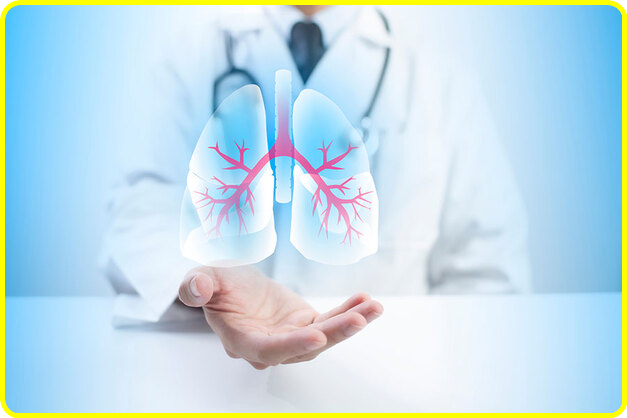More often than not, people suffer from conditions that they are not even aware of. Uneven or unnatural breathing is one very common issue that is often neglected by people, and they carry on with their lives like normal. However, it is crucial to note if your breathing pattern changes or is slightly unusual, like breathing heavily at a resting state or shallow and deep, perhaps without any physical movement. Some of the other common issues people face can be a difference in their stamina and not being able to exercise as they used to.
The Department of Pulmonology has advanced to a great extent, but the first step is self-awareness. Continue reading to find out more about breathing conditions so that you can either help yourself or someone else you know.
Signs and Conditions to Look Out For
One of the most common and ignored conditions in people is Tachypnea. Tachypnea (pronounced as “tuh-KIP-nee-uh”) or tachypneic breathing refers to rapid and shallow breathing. It’s called transient tachypnea if your breathing rate gets fast before falling back to the rate of a normal human being. Many underlying medical conditions can lead to tachypnea. This issue can affect both children and adults.
However, it’s very common among babies who were born early (premature babies) or among adults who are suffering from respiratory conditions such as asthma and COPD. You usually experience rapid breathing while you are working out or partaking in an energetic activity such as running or jogging. Tachypnea can also occur while your body is at rest. One must be aware of any such condition occurring in the body and regularly check with the Department of Pulmonology for follow-ups.
What does Tachypnea Feel Like, and what are the Common Causes?
Some of the most common symptoms that occur are:
- Blue or gray nails or skin, including cold hands and fingers.
- Abrupt and sudden pains in the chest and feeling tightness.
- Feeling it difficult to get and retain air in the body
- Feeling shortness of oxygen and a hot head
If you think that there is an infant at your home who is showing some of these signs, then you must consult your doctor immediately because your baby could have been suffocated.
Some of the common causes of this condition can be allergic reactions to food or any other external factor, anxiety and stress, Pneumonia, Blood clots, Asthma, Diabetes, and many more.
FAQ: How do I check if I’m breathing too shallow and fast or normal?
There is a very simple way to do that. You can check your breathing rate by yourself at home by counting how many breaths you take under one minute. The healthy breathing rate for an infant is somewhere between 40 to 60 breaths in one minute. Adults, on the other hand, have a normal breathing rate of somewhere between 12 to 25 breaths in one minute at rest without any activity.
Transient tachypnea in a newborn baby occurs if they have a respiratory breathing rate of more than 60 breaths in one minute. In adults, there could be an experience of tachypnea if you take more than 25 breaths in one minute at a resting state without any physical activity.
In Conclusion!
A medical practitioner may administer oxygen through a mask or a tube placed in the nostrils to cure tachypnea. This treatment is widely used in younger children and infants as a cure.
For older children and adults, on the other hand, the treatment for tachypnea typically involves taking slow, deep breaths to end hyperventilation. To do this, you can respire using your diaphragm while gradually breathing in through your nose and breathing out through your mouth or nose. This breathing method can help you unwind by promising your lungs to fill up with air and enlarge completely.








